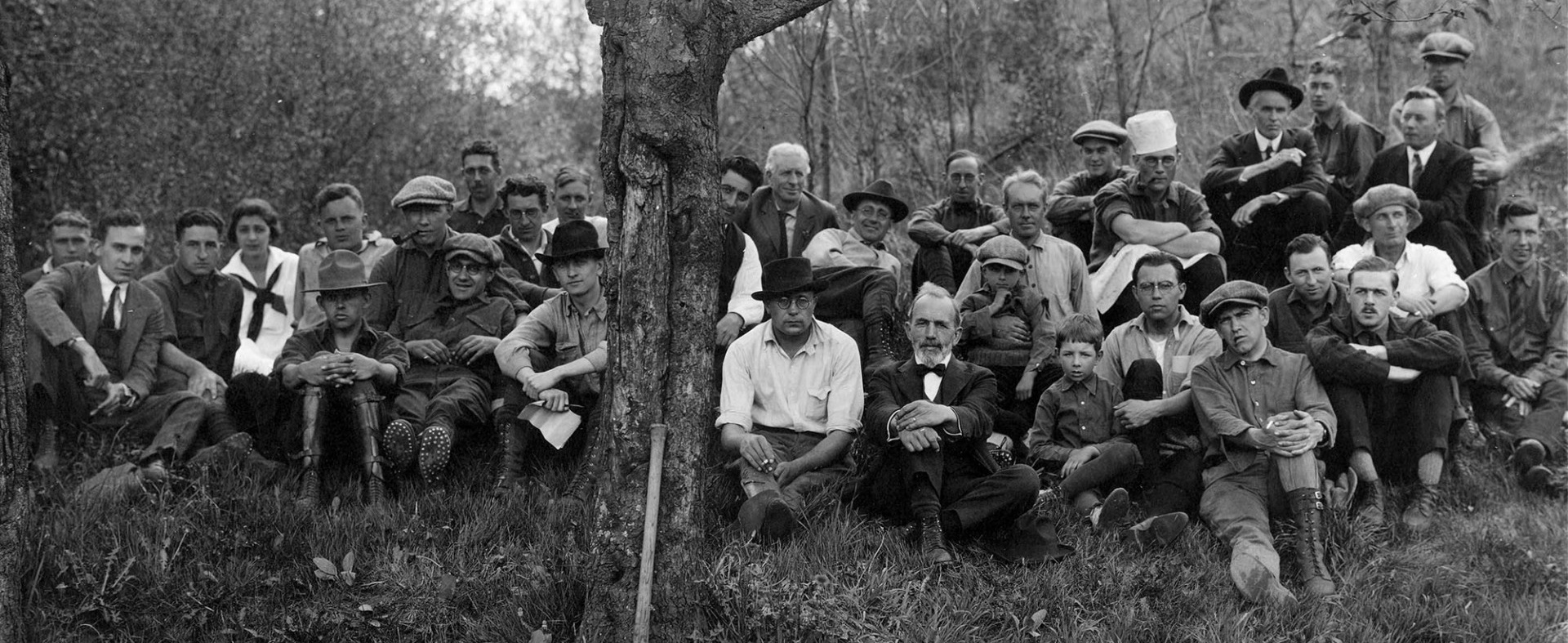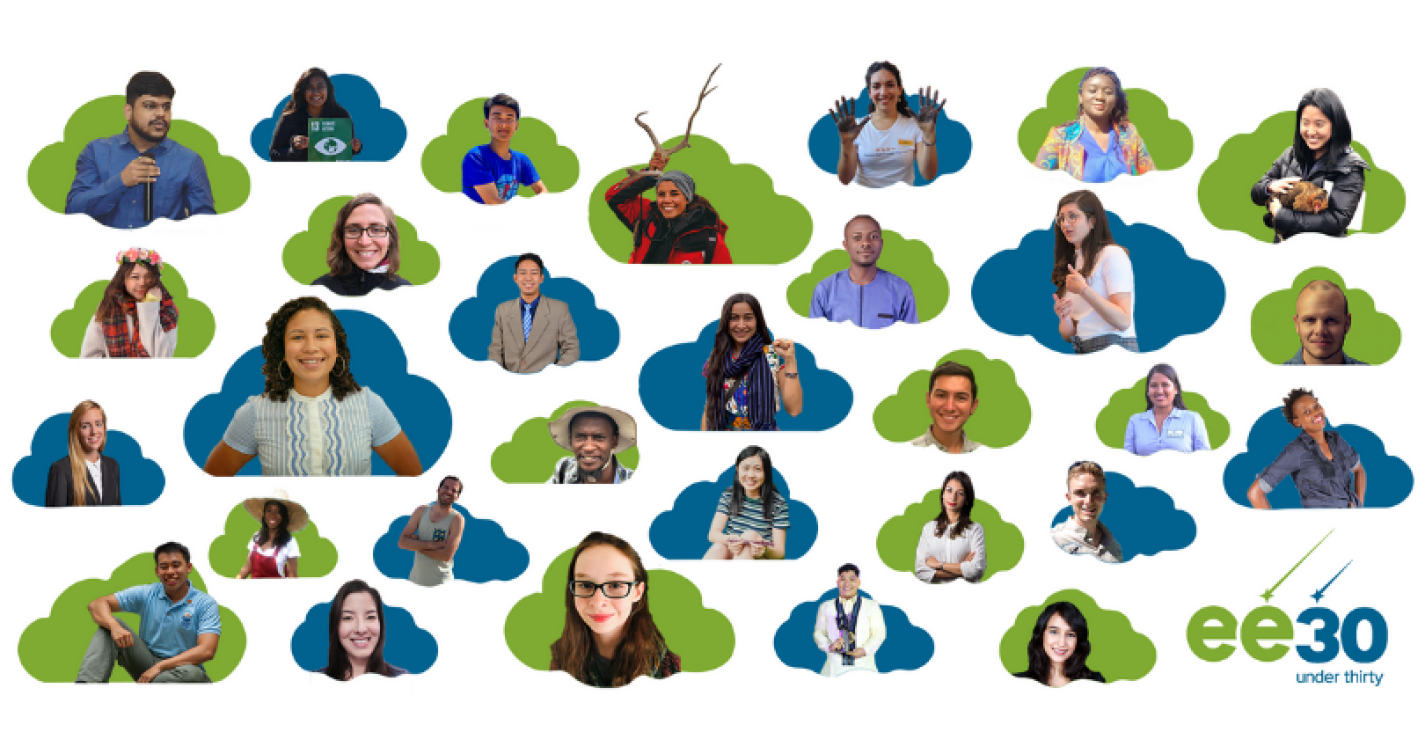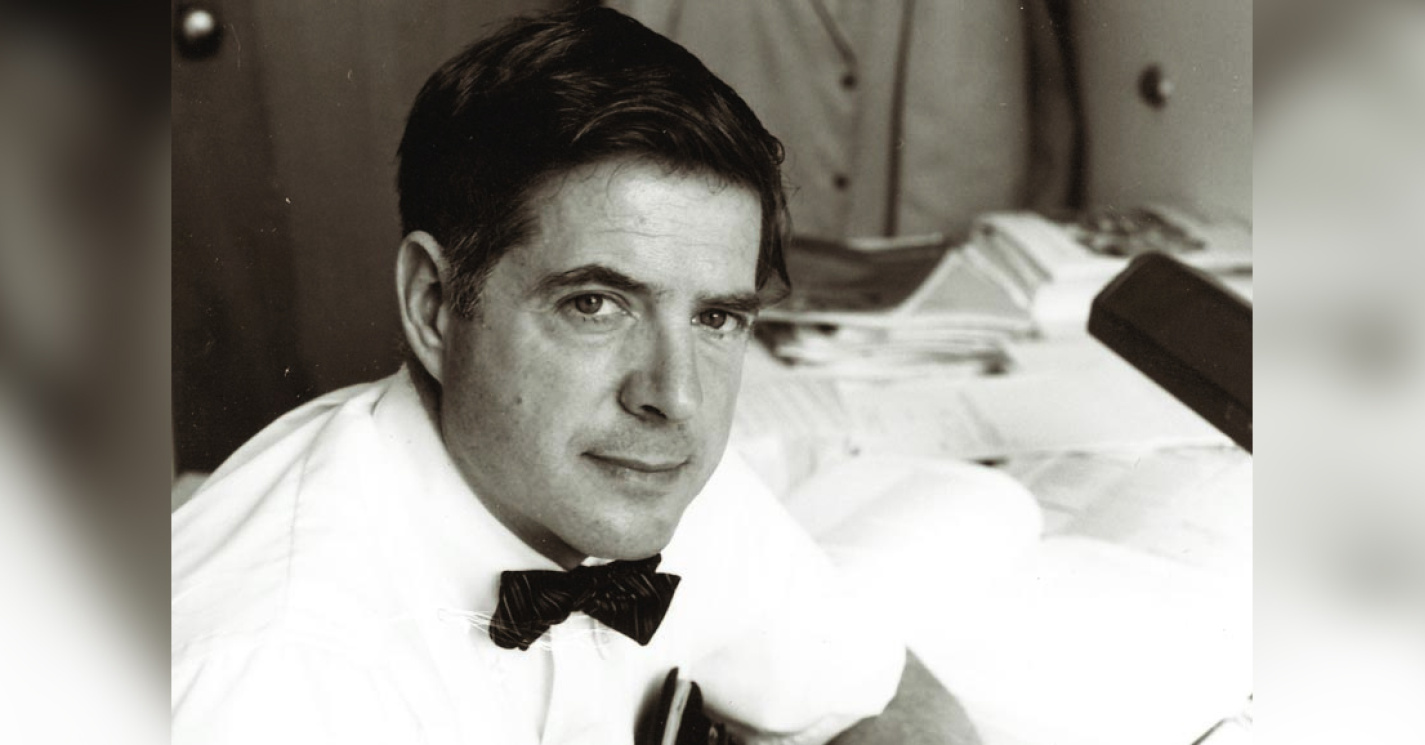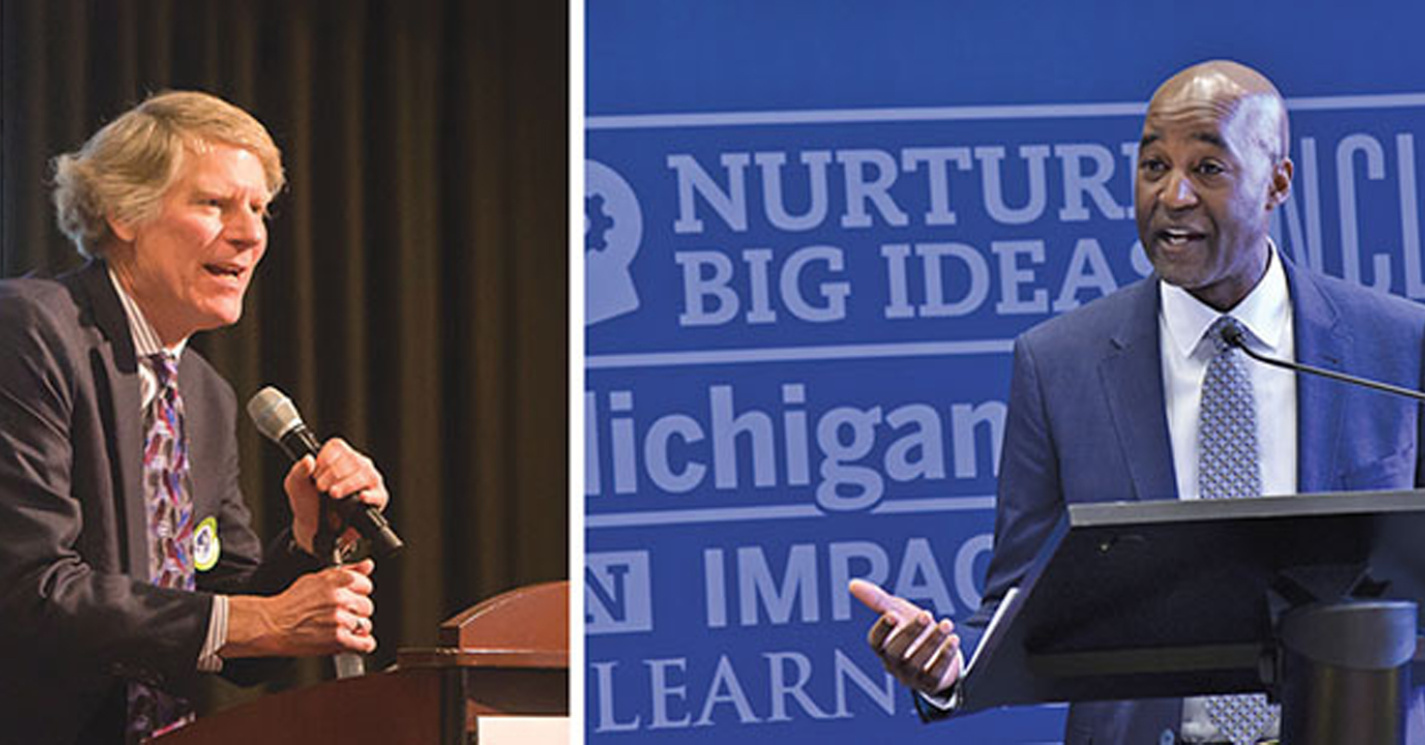
Dean's Letter
Climate change is an issue that impacts all of us and cannot be solved by any one discipline alone. In this issue of Stewards, you will learn more about the many partnerships that enrich this work across sustainability, health, engineering, business, public policy, and many other disciplines.
History Timeline
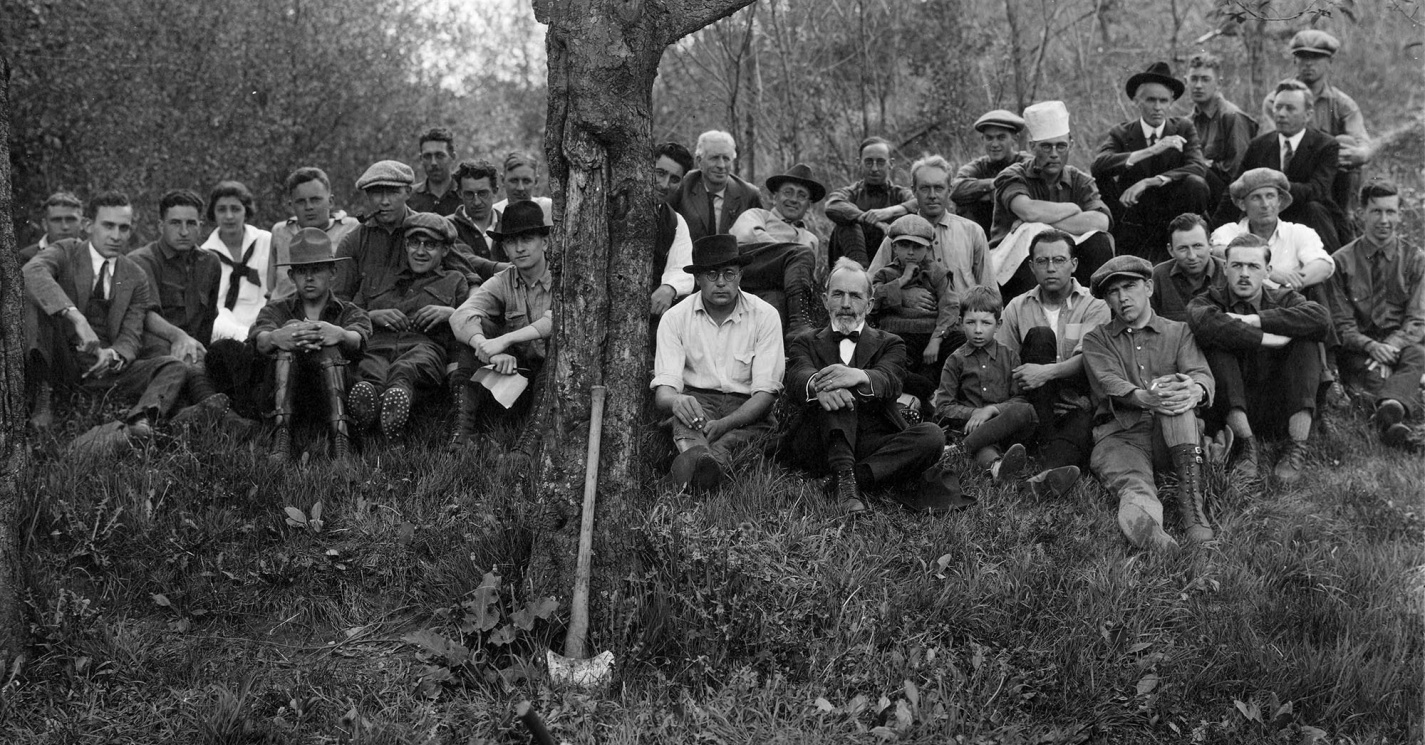
1903-1926 Department of Forestry
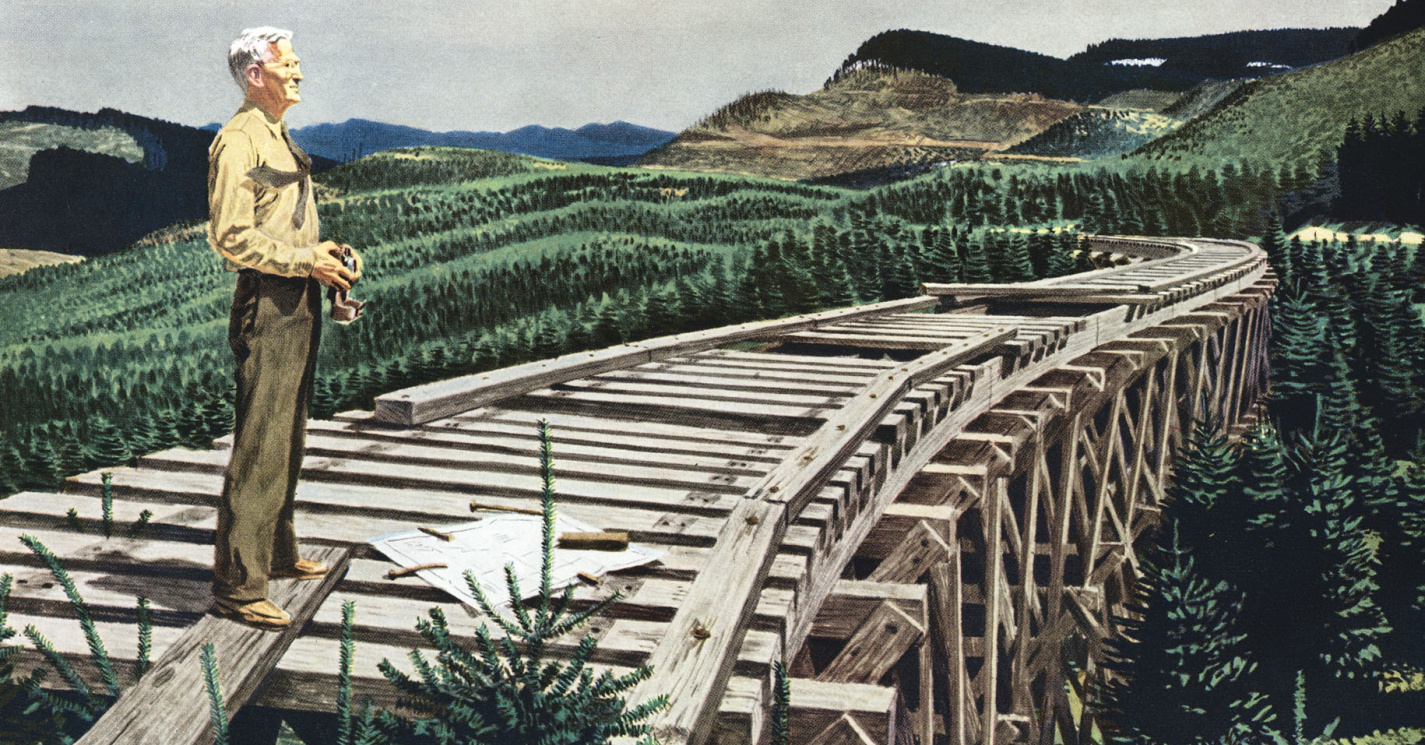
1927-1949 The School of Forestry and Conservation
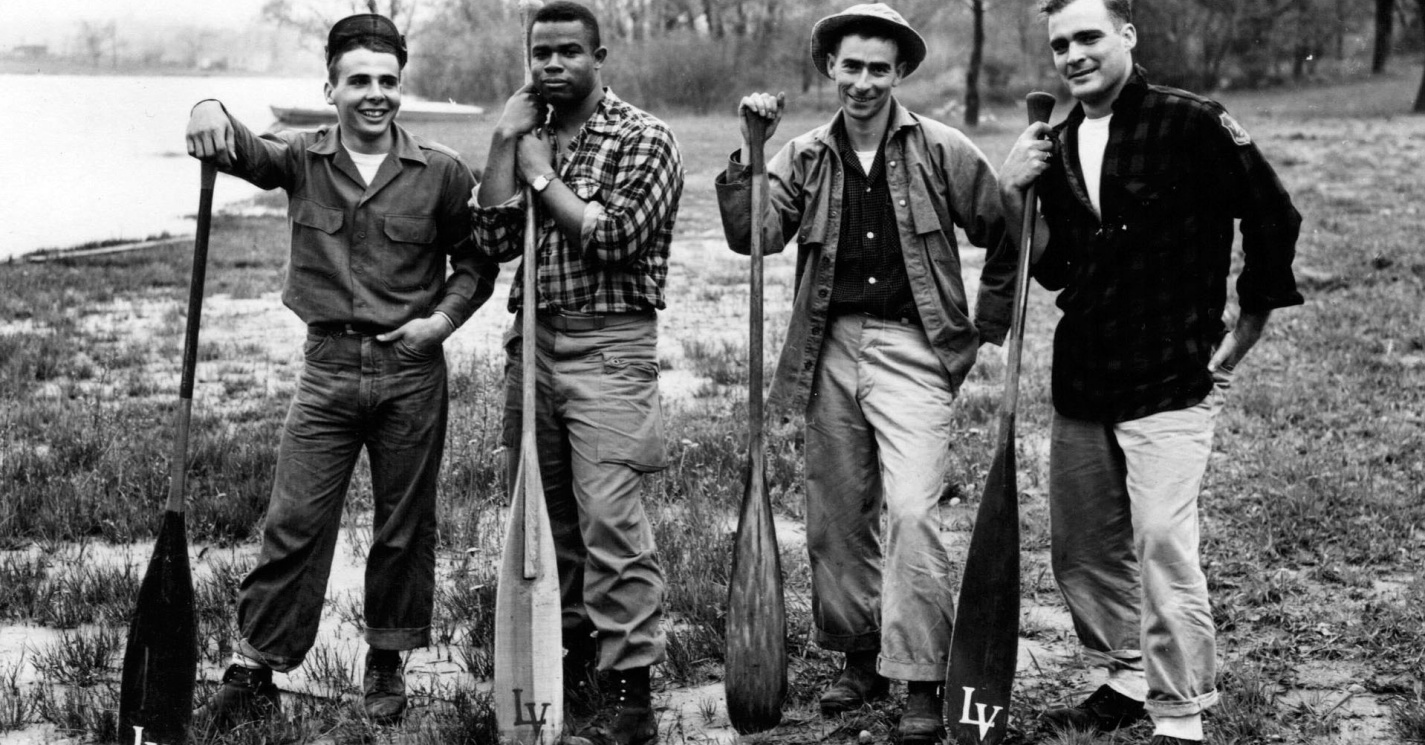
1950-1991 The School of Natural Resources
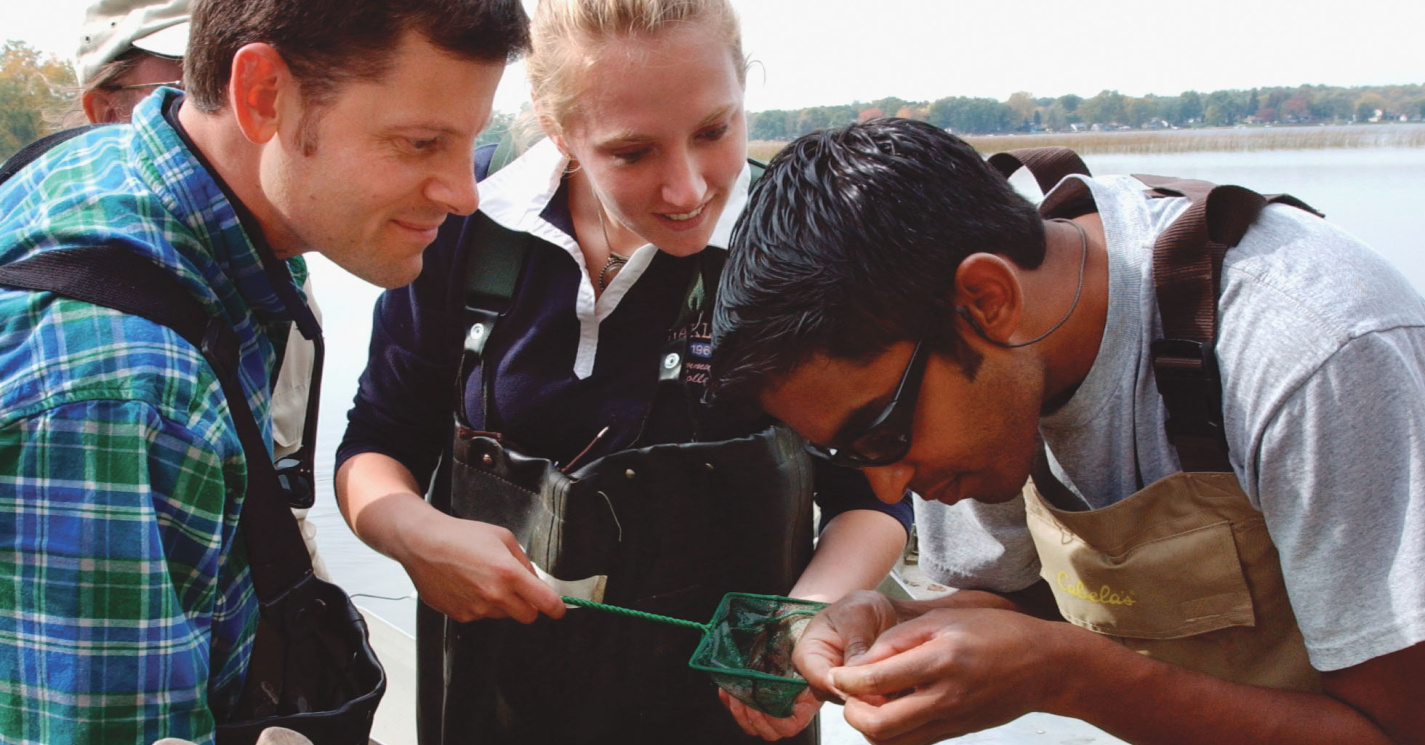
1992-2017 The School of Natural Resources and Environment
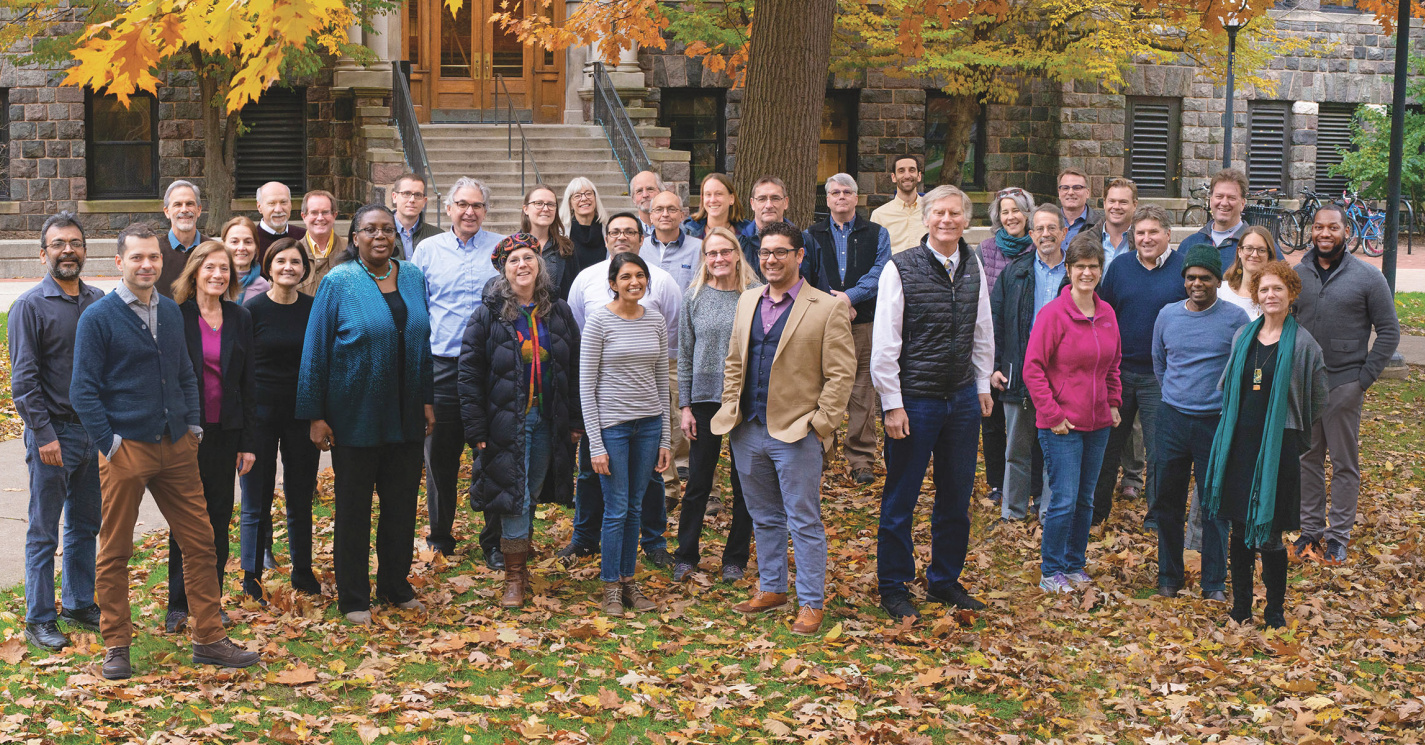
2017-Present: The School for Environment and Sustainability
Once again, the school that began as a small department in 1903 saw the need to further evolve in order to meet the needs of a rapidly changing world. This resulted in the creation of the School for Environment and Sustainability in 2017, which aims to provide a focal point and a leading voice of the campus community on sustainability in association with environment and society.
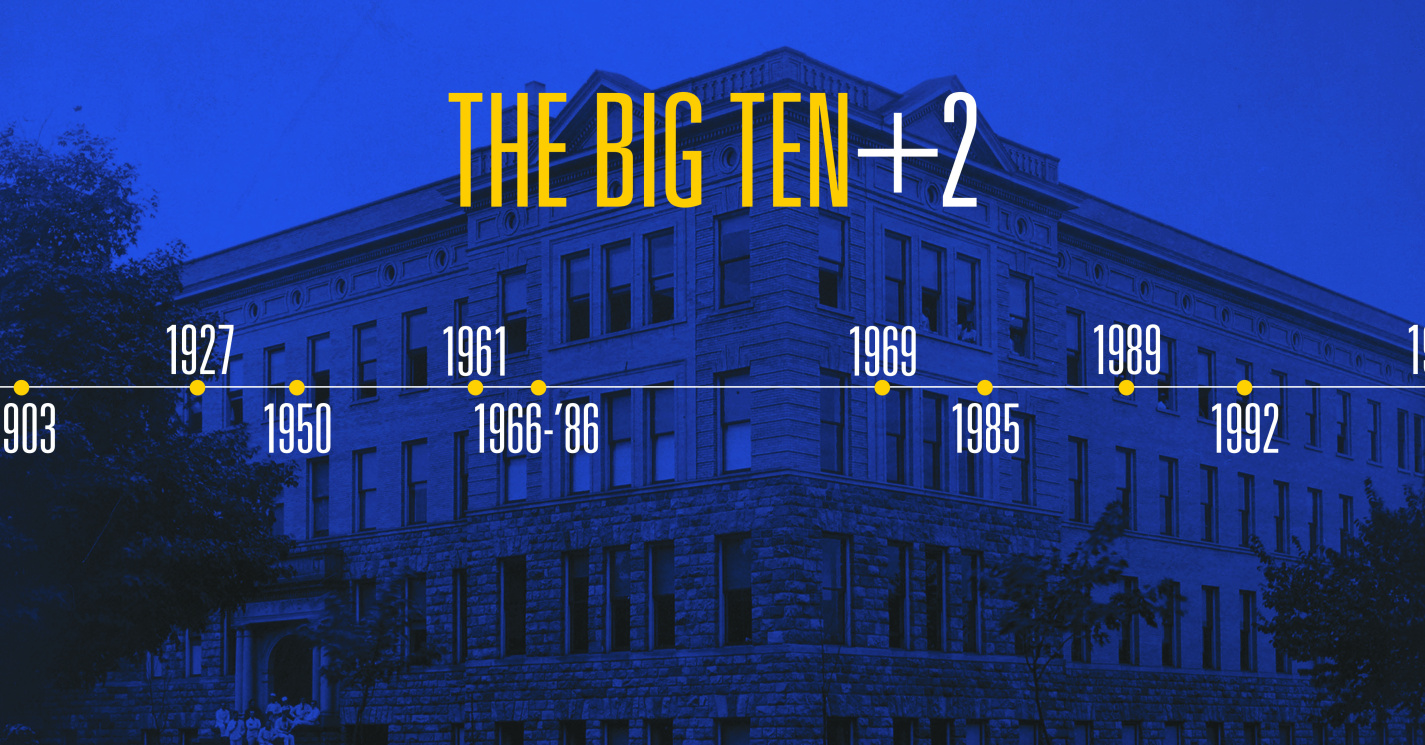
1881-2019 The Big Ten +2
Throughout our history, we have changed the game in the environmental fields through the innovations and achievements of our alumni, faculty, and students. Here, we highlight a few of our "leaders and best."
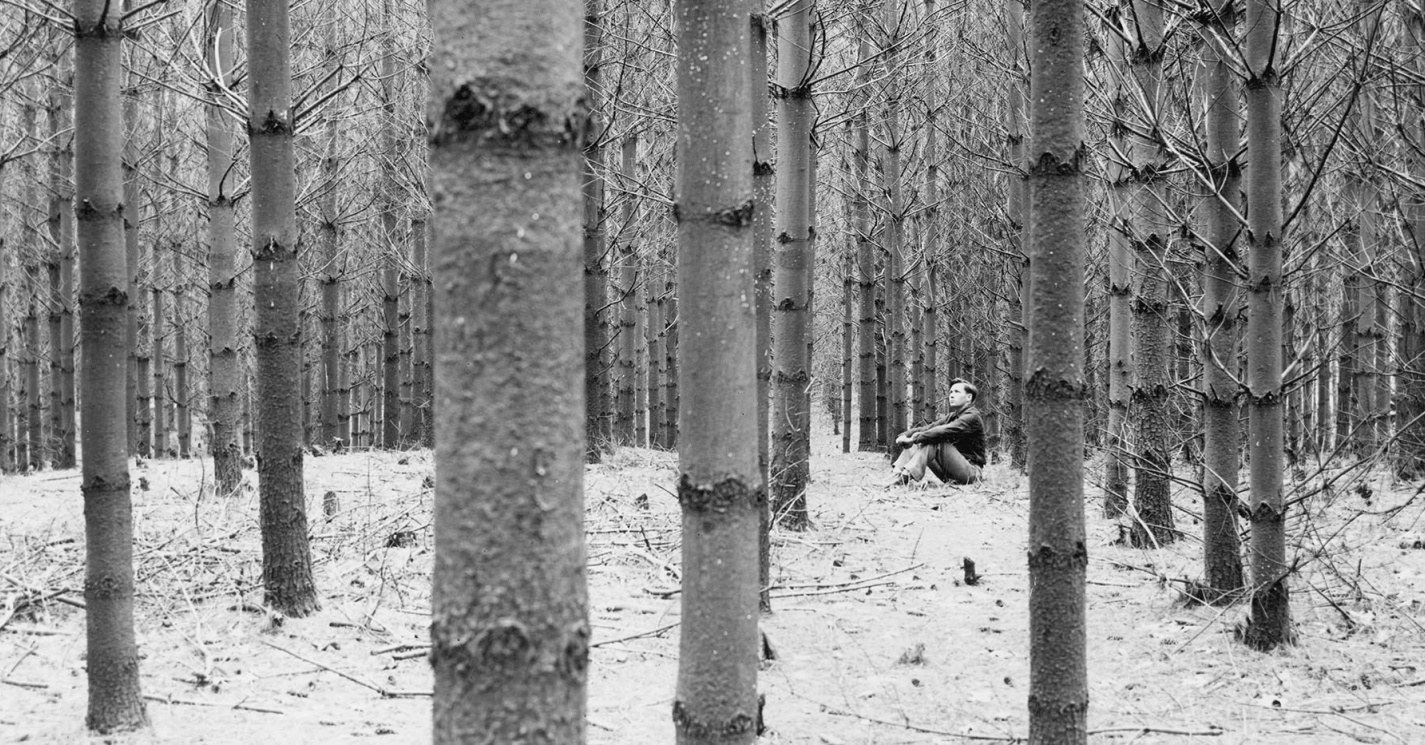
The Properties
More than a century ago, when Filibert Roth led his students—hefting spades and armloads of saplings—into Saginaw Forest, he instilled a tradition of field-based learning that remains vibrant at SEAS today. Throughout the decades, students have navigated the land, forests, lakes, and rivers—first as students of nature, and then, as stewards of the environment.
Research Themes
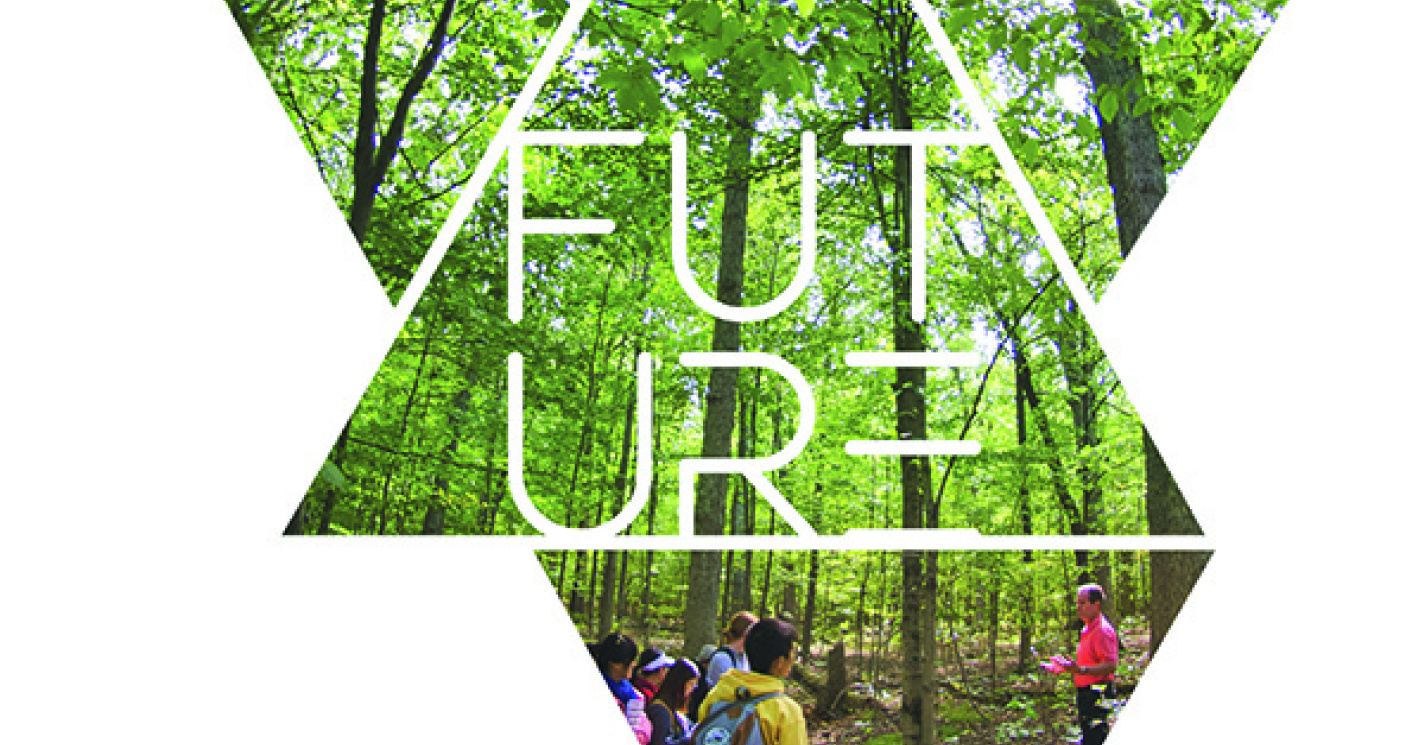
Meeting the Future
Designed as rallying points for collaborations around research, teaching, and civic engagement, the school’s new sustainability themes provide a framework for students, faculty, and staff across campus to be involved in a wide range of interdisciplinary activities in partnership with SEAS.
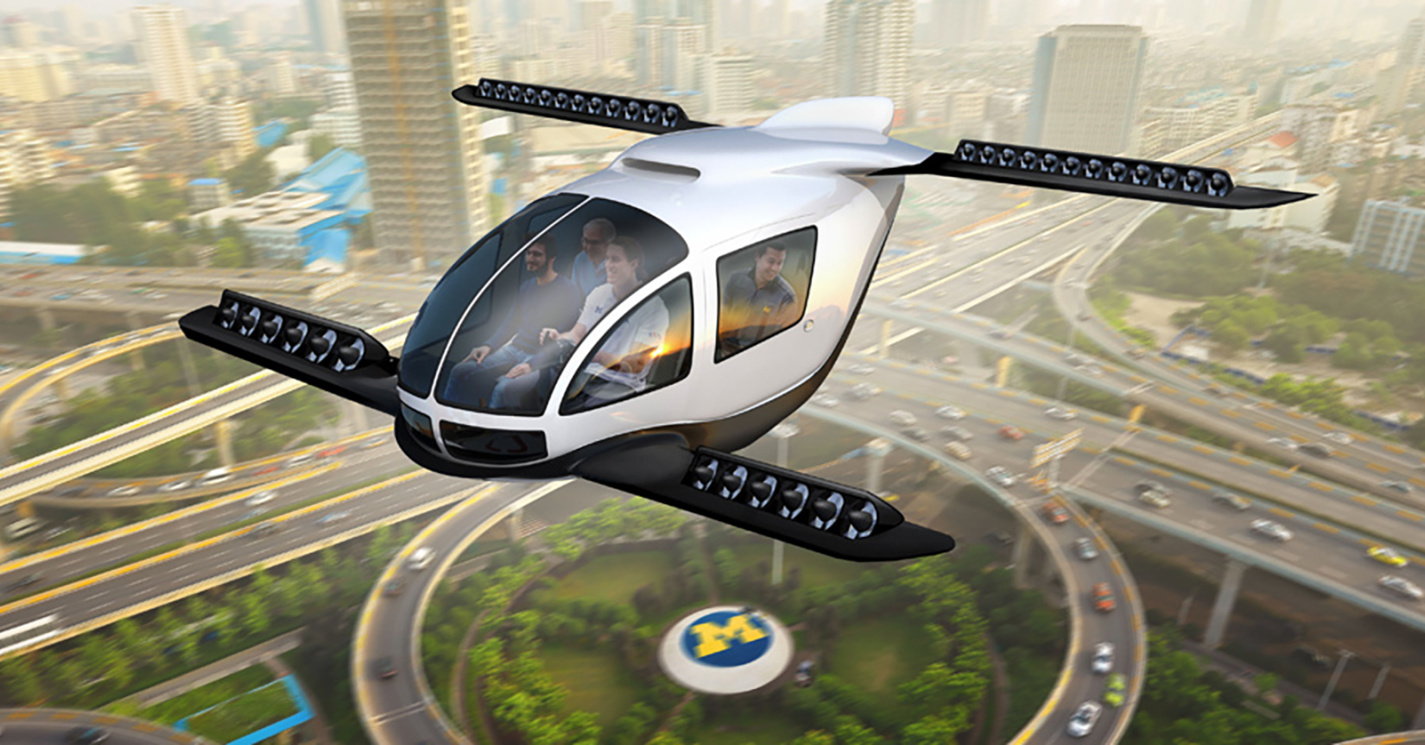
Meeting the Future: Cities+Mobility+Built Environment
More than half of the world’s population currently lives in urban areas, with this percentage projected to increase dramatically in coming decades. The health of our planet and its inhabitants depends on developing new strategies for human settlement and activity that foster sustainable outcomes. The SEAS community responds by working to build infrastructure to foster human connectivity.
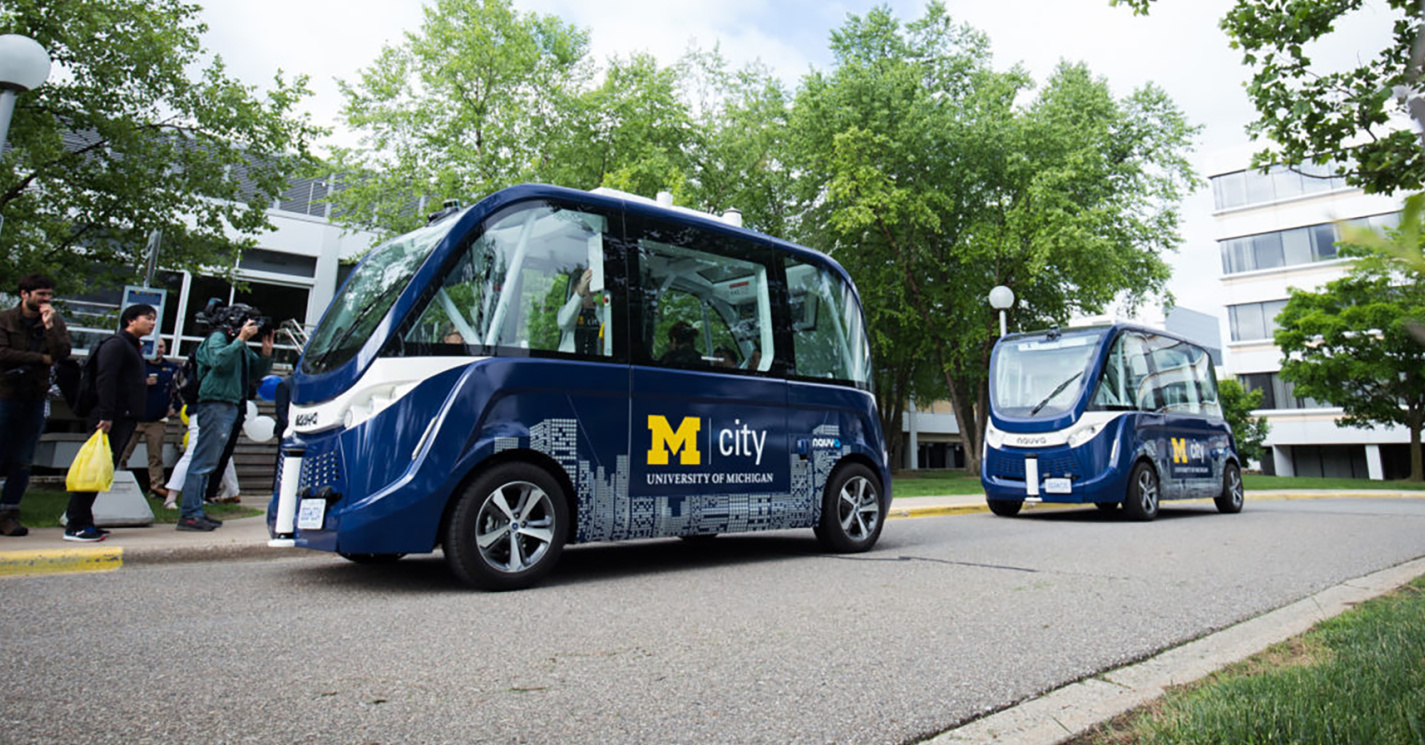
Meeting the Future: Climate+Energy
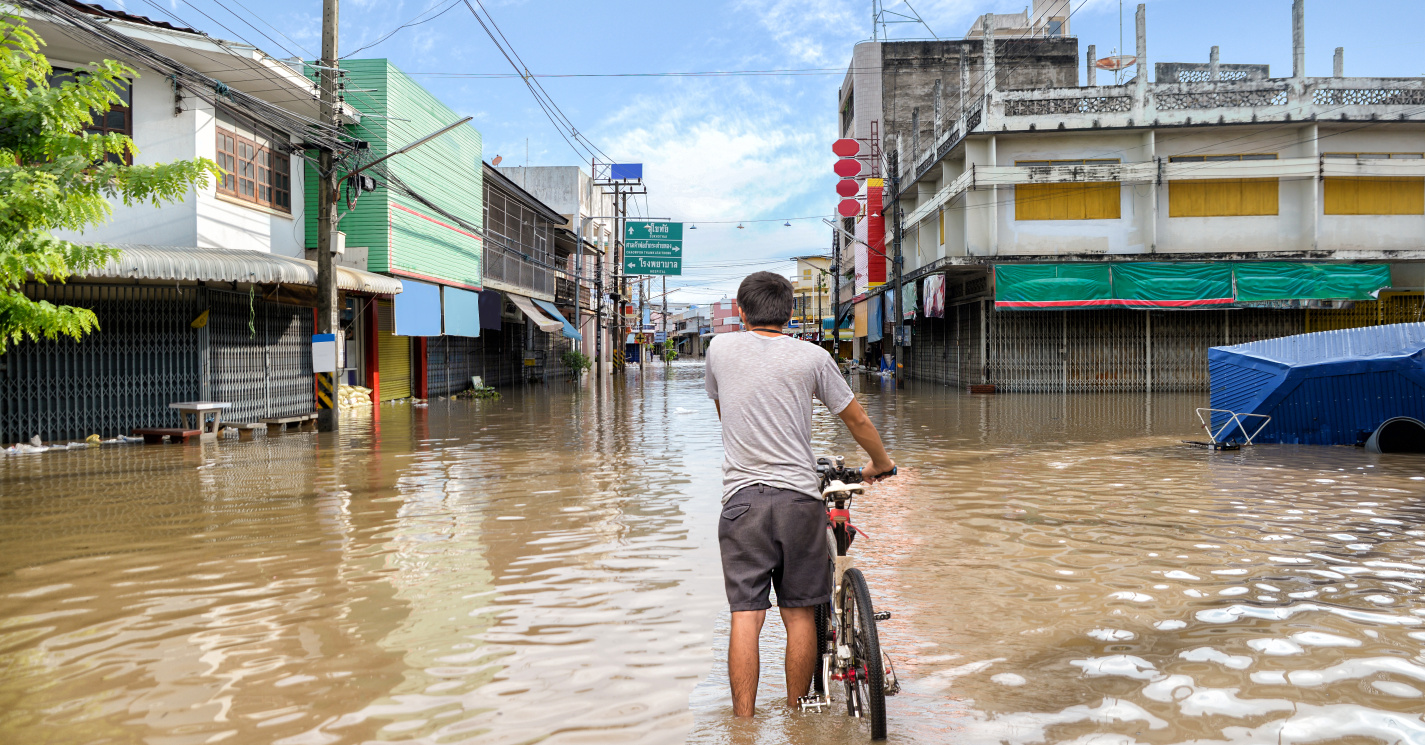
Meeting the Future: Conservation+Restoration
Nearly everything humans eat, drink, and breathe is the product of a living organism that inhabits a natural or human-dominated ecosystem. Protecting biological diversity and ecosystem function through conservation and restoration is necessary to produce the goods and services that allow people to prosper. The SEAS community responds by working to protect the Earth’s biodiversity and ecosystem services.

Meeting the Future: Food Systems
Feeding the growing human population in a sustainable fashion requires transforming food systems to be health-promoting, economically viable, equitable, and ecologically sound. Solving this challenge involves tackling issues around food production systems, food security, and food sovereignty at local, national, and global scales. The SEAS community responds by generating food security for human needs.
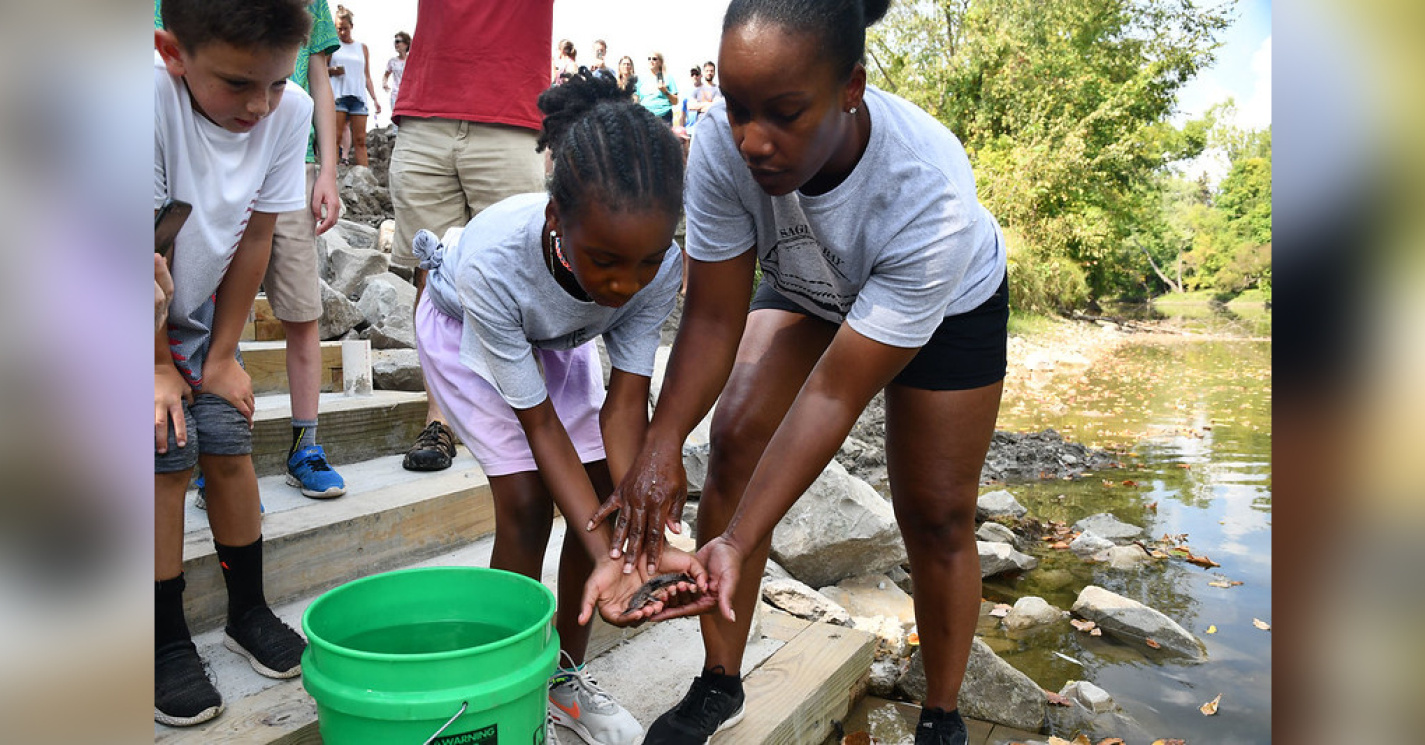
Meeting the Future: Water
Lack of adequate water is a global crisis that affects more than a billion people worldwide. Sustainability challenges associated with population growth, climate change, land use, energy choices, and global poverty must be addressed to increase water quantity, availability, and quality around the world. The SEAS community responds by working to generate water security for human needs.


